|
08
JUN
2014
|
|
|
|
House rabbits make wonderful pets and can live happily indoors throughout the year, provided you meet all their welfare needs. There are a number of considerations you need to make before committing to owning house rabbits so you can be sure that this is the right pet for you, and vice versa.
Companionship
Rabbits are social creatures and thrive in the company of others. We would always advise owning more than one rabbit; neutered males and females usually make a great pairing, especially if they have been brought up together. If you own a rabbit and are adding a second rabbit take time to introduce them slowly. You may find that they are initially hostile towards each other so seek advice from your vet or local rescue so that you understand how to bond your rabbits successfully.
Exercise
You need to provide your house rabbits with the opportunity to dig, graze and exercise, just like they would do in the wild so why not grow trays of grass, and provide c.. [More]
|
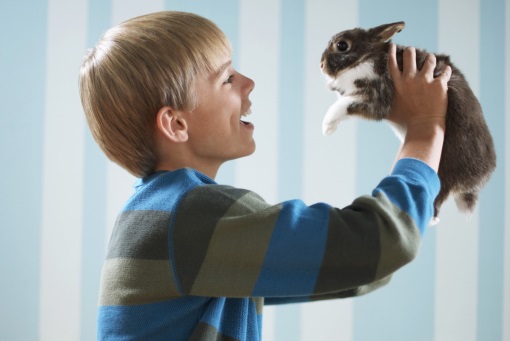
|
|
|
Tags :
Keeping House Rabbits Happy , Pet Rabbit South Africa , Pet Rabbit Food South Africa , Pet Rabbit Hutch , Pet Rabbit Cage , House Rabbits , Bunny Home , Bunny Food
|
|
|
|
06
JUN
2014
|
|
|
|
Fibre facts:
Fibre is the most important ingredient in rabbit food. It is essential for normal wear of teeth. So much so that FEDIAF state “For the health and well-being of a rabbit good quality hay should be fed at all times”.
Daily fibre intake is essential to the rabbit to maintain normal:
gut function
dental wear
fermentation in the caecum.
Fibre comes mainly from plant cell walls.
Plant cell walls containing lignin, cellulose and silicate phytoliths are also important for salivation and dental health.
Plant cell walls consist of polysaccharides associated with;
glycoproteins
phenolic compounds
acetic acid
lignin
Fibre definitions:
Digestible fibre – a young growing plant cell has primary cell walls, which contains fermentable or digestible fibre. This fibre supports caecal fermentation.
Indigestible fibre – older plants develop secondary cell walls, which cons.. [More]
|
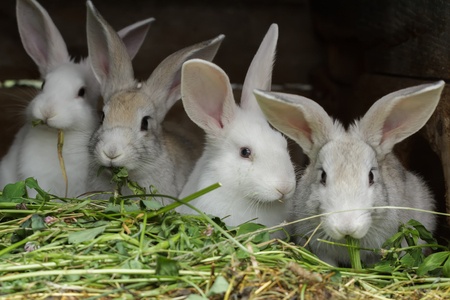
|
|
|
Tags :
Fibre Facts On Pet Food Labels , Fibre Facts & Definitions , Pet Rabbit Food South Africa , Chinchilla food South Africa , Pet Guinea Pig food South Africa , Timothy Hay South Africa , Teff Hay , Rabbit Hay ,
|
|
|
|
05
JUN
2014
|
|
|
|
Rabbits eat mainly carrots, right? Wrong! There are lots of misconceptions about what rabbits should eat. Find out what rabbits really should eat to stay healthy!
Myth #1 - Rabbits eat carrots
Carrots shouldn’t be main source of food. Rabbits don't naturally eat root vegetables/fruit. Carrots/fruit are high in sugar and should only be fed in small amounts as occasional treats. Rabbits need mainly hay and/or grass, some leafy greens and a small, measured amount of pellets.
Myth #2 - Hay is just bedding
Hay isn’t just bedding. Fresh, dust–free hay should be their main source of food available at all times. We recommend Timothy hay because it is high in protein and other nutrients and has lots of beneficial fibre.
Myth #3 - Rabbits eat lettuce
Diets shouldn’t be lettuce based. Rabbits shouldn’t eat some lettuces (e.g. iceberg) as they contain laudanum which can be harmful in large quantities. Some lettuce is "worse".. [More]
|
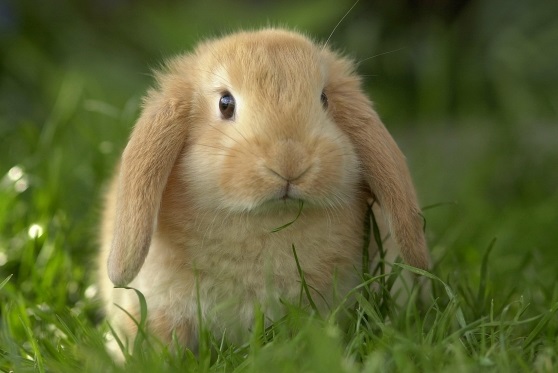
|
|
|
Tags :
Common Rabbit Diet Myths , Pet Rabbits South Africa , Pet Rabbit Care South Africa , Pet Rabbit Food South Africa , Food for bunny , petfood for bunnies , buy Timothy Hay South Africa
|
|
|
|
01
JUN
2014
|
|
|
|
Last April there was a lot of publicity over some joint research by the the Royal (Dick) School of Veterinary Studies and Burgess Pet Care into the effects of diet on rabbit’s health. The paper with the results was just published and I thought I’d summarise some of the findings for you.
What they studied
Thirty two dutch rabbits were neutered, vaccinated and divided into four groups to feed one of the following diets:
Extruded nuggets with hay (EH)
Muesli with hay (MH)
Hay only (HO)
Muesli only (MO)
They were then monitored over an 18 month period to observe the impact of the diets. The researchers measured things like how much food they ate and what came out the other end, and took x-rays of their teeth at regular intervals.
Hay Intake
Unsurprisingly the hay only group had the largest hay intake, but there were also differences between the Muesli-Hay and Nugget-Hay groups, with the Nu.. [More]
|

|
|
|
Tags :
Muesli Versus Pellets Research Revealed Into Rabbit and Guinea Pig Food Diets , Pet Rabbit Food South Africa , Pet Guinea Pig Food South Africa , Chinchilla Food
|
|
|
|
18
MAY
2014
|
|
|
|
People are naturally drawn to animals, and there are many benefits to keeping pets in your home. Indeed, there are many studies that demonstrate people with animal relationships derive an unusual amount of healthy benefits from them.
Just like humans, domesticated animals require a special diet aimed at providing them with all the proper nutrition they need for a long and healthy life. Unfortunately, some pet owners do not take the time to ensure their small furries are getting the diet they require. Although different animals do have different nutritional requirements, this quick guide will ensure your rabbit, guinea pig or chinchilla is receiving exactly what he needs for optimum health.
It All Starts with Timothy Hay
The foundation of your pet’s diet begins with timothy hay. Rabbits, chinchillas and guinea pigs cannot get enough of it. Small furries need to eat a pile of hay as large as their body every single day. Timothy hay has almost everything yo.. [More]
|
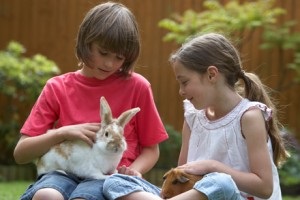
|
|
|
Tags :
Feeding Your Small Pet Furries in South Africa , Feeding Pet Rabbit Food , Feeding Guinea Pig Food , Cavi , Feeding Chinchillas Food , Timothy Hay , Teff Hay , Alfafa Hay , Lucerne , Burgess Excel
|
|
|
|
26
APR
2014
|
|
|
|
Hay should form the foundation of a rabbit, guinea pig or chinchilla’s diet and you need to make sure you are feeding a plentiful supply each and every day. There are a number of different types of hay available and certain things you should look out for before feeding.
What's the Key to Good Hay?
There are three main factors when it comes to choosing a good quality hay, no matter what variation it may be:
It must be fresh and sweet-smelling with no musty smell.
It must be free from excessive dust.
It must have been stored out of direct sunlight, in a dry location, in a container that is NOT airtight. (Sealing hay in an airtight container encourages the growth of potentially deadly mold toxins).
Know your Hay
In South Africa we have Teff Hay due to our warm climate conditions. It is almost brown looking (a little green but not much), and it is soft to the touch. Teff Hay has a lower protein and nutrient content than Timothy Hay, depending on the growt.. [More]
|

|
|
|
Tags :
Teff or Timothy Hay In South Africa , Timothy Hay South Africa , pet rabbit food , pet guniea pig food , chinchilla food
|
|
|
|
13
APR
2014
|
|
|
|
Got a rabbit, chinchilla or guinea pig? Did you know that these small herbivores need timothy hay and LOTS of it! Hay is so beneficial to these herbivores, so it’s very worrying when some rabbit, guinea pig and chinchilla owners don’t realise how much timothy hay they actually need within their diet. Hay is packed full of fibre which is essential for your herbivores digestive system.
All of these animals need a great deal of fibre in their diet. Rabbits, for example, need to eat a pile of Timothy Hay that is roughly equivalent to their size, and they need it every single day. Your herbivore should have access to Timothy hay at all times so they can chew on it as much as they like. It's also wonderful stuff for keeping them entertained, stuffing it into willow balls, tunnels... you can watch them for hours re-arranging their home to be just how they like it... before it all gets eaten of course!
Timothy hay is also a great toothbrush, as guinea pi.. [More]
|
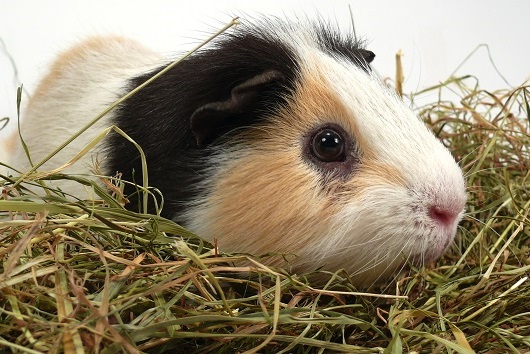
|
|
|
Tags :
Timothy Hay , Burges Excel Feeding Plan , Guinea Pig Food , Rabbit food , Chinchilla food
|
|
|
|
|
|
Category List
|
|
|
|
|
|
Archive List
|
2025 2023 2022 2021 2020 2019 2018 2017 2016 2015 2014 |
|
|